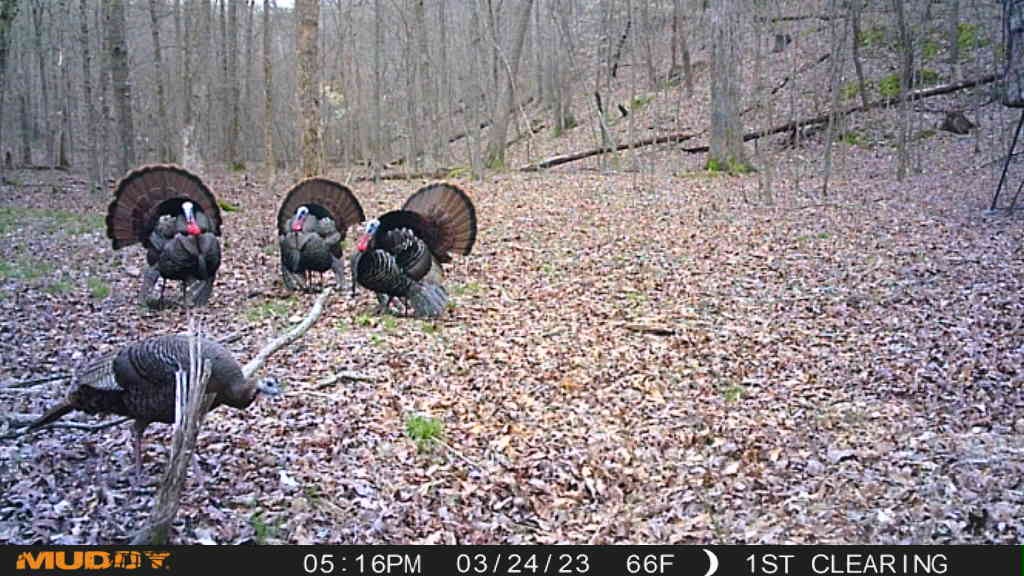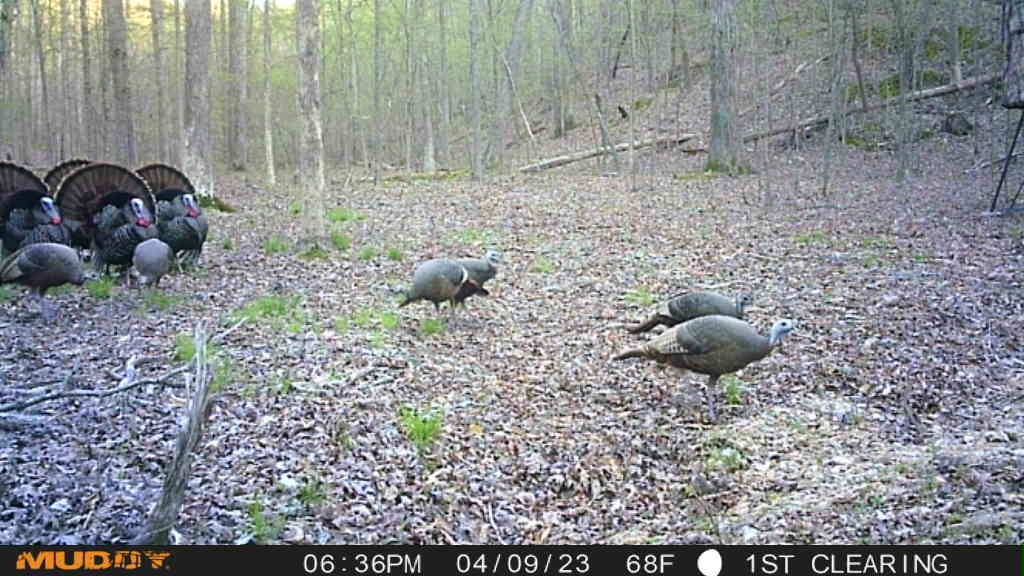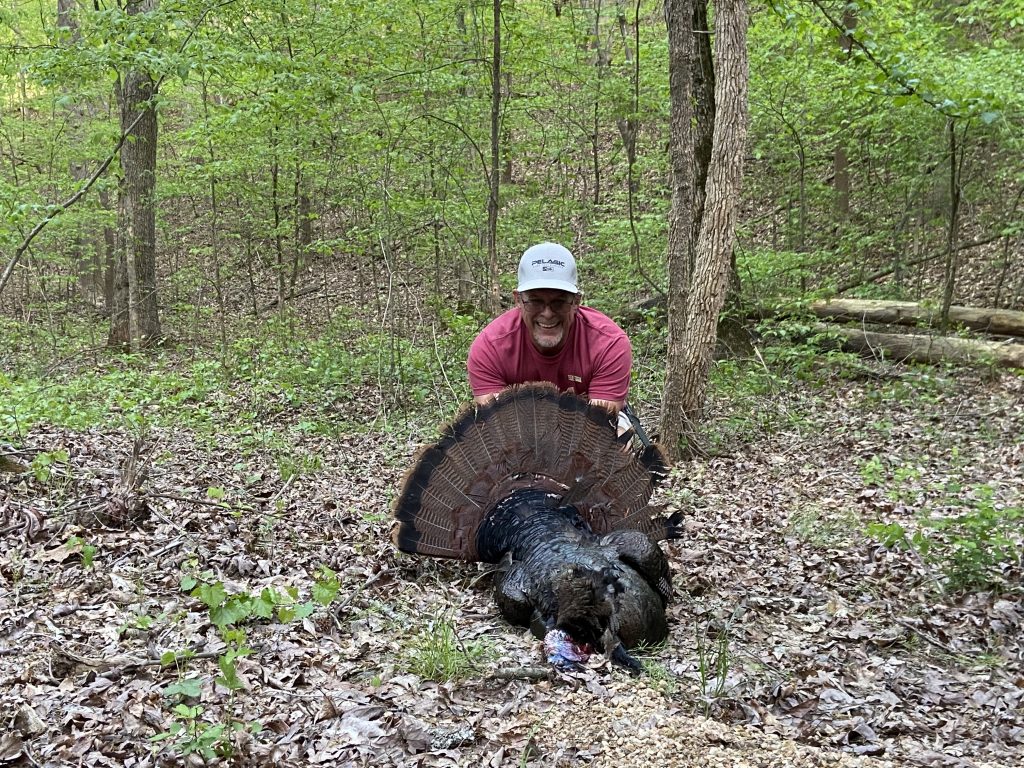Land Management Results
On a small tract near the Tennessee-Kentucky border, a new landowner discovers the benefits of quality habitat work.
Barry and Kris Hauhe had been avid campers for years and decided they wanted land of their own, outside of their home state of Florida, to use on a more permanent basis.
Barry said he grew up in southern Illinois and camped at Kentucky Lake, a reservoir along the Tennessee River that reaches into Tennessee and Kentucky, where he and his family would hunt and fish, so the area had nostalgic appeal to him.
Barry’s grandfather and grandmother retired from Olin Winchester and had a home in the area. His grandfather made his own ammo and guns and those hunting traditions were passed down to Barry.
So, the avid campers decided to start looking for land. Their daughter, after a recent move to Springfield, Tennessee, sent property information to them. Barry said in November of 2020, he and Kris purchased 17 raw acres of timber. Immediately, they knew they wanted to make the land better.
Barry started searching government websites to find information on improving land for wildlife. His search put him in touch with Ben Shamblin, forester with the NWTF. Barry nor Kris were members of the NWTF prior to meeting Shamblin.
Shamblin visited the property and created a 50-page forest management plan for the Hauhes to work from.
“I spent a day educating them on dendrology and the species found on their property, and I also provided them with recommendations on how to effectively treat and control some of the invasive plant species found within their timber stand,” Shamblin said. “We also spoke about the biology and habitat needs of turkeys and whitetails so they could better understand the types of plants and plant structure that are most beneficial to the wildlife species they were interested in managing for.”
Barry and Kris wasted no time in implementing that plan. From getting land prepped for food plots, to eradicating invasive tree of heaven and poison ivy, the work included lots of sweat equity. Barry said invasive trees and plants were removed because they use up the land’s nutrients, leaving less for desirable trees like hickories and oaks.
They also cut back brush, thinned recommended trees and removed weed trees, such as sweet gum, to help open the forest floor for more beneficial vegetation. They also set about putting in no-plow clover plots.
With four game cameras on the property, Barry caught glimpses of one wild turkey on the property before the improvements began. Just under two years after the work began, they are now seeing deer and turkey daily, plus many more species that use the improved habitat. That includes nongame birds like Eastern blue birds and tanagers. The couple is ready to start adding to food plots, including the wild turkey’s favorite, chufa, and a new variety of clover.


After just one spring of healthy habitat work, the results produced a health harvest. Barry took an Eastern gobbler weighing 23 pounds with a 9-inch beard and 1-inch spurs.

Their plans for the land do not stop with land management, though. The Hauhes are building a hunting log cabin down in the valley of their property, so the entire family, including their four sons, can use the property for hunting. Barry and Kris, while maintaining their home in Florida, plan to split their time between both by spending the fall through spring turkey season on their property in Tennessee.
“We are so excited,” Barry said. “Thanks again to Ben Shamblin and the NWTF; we can’t wait to see what the future holds.”
